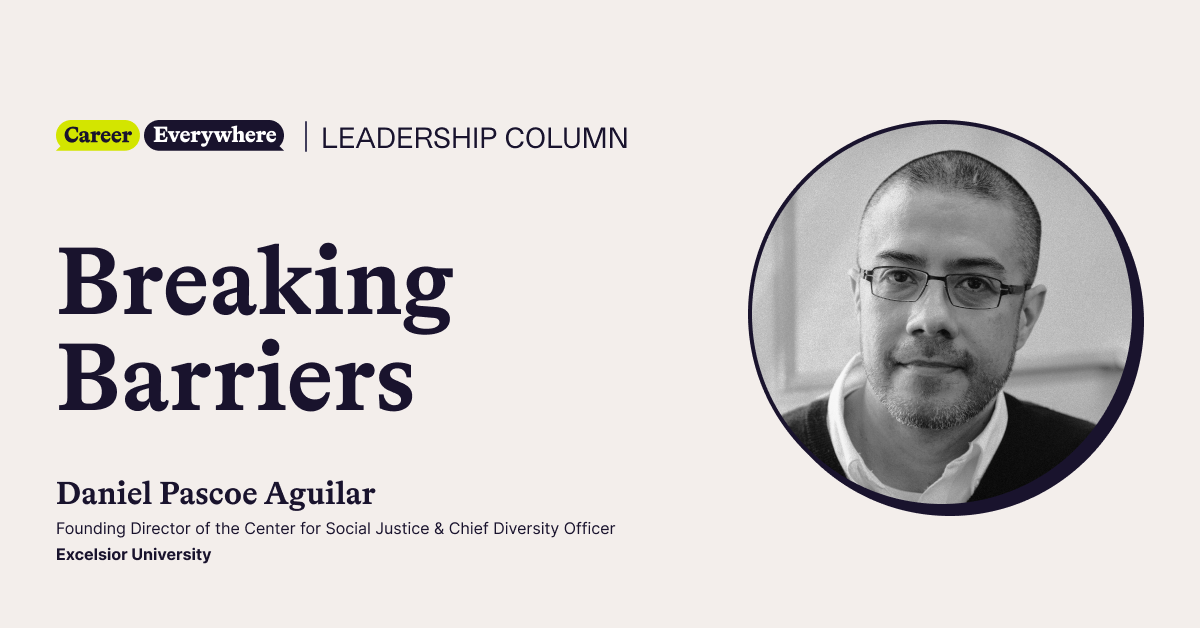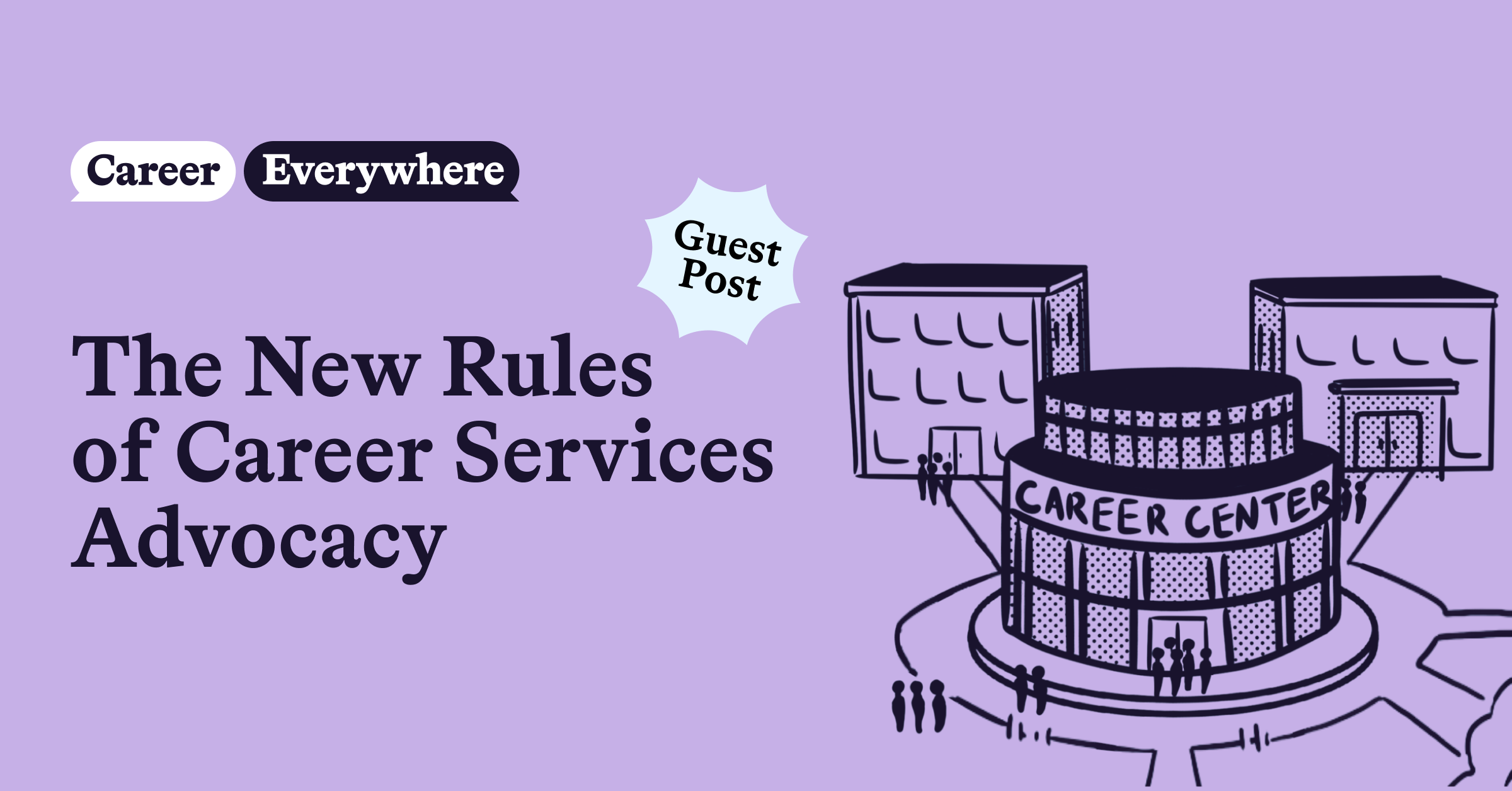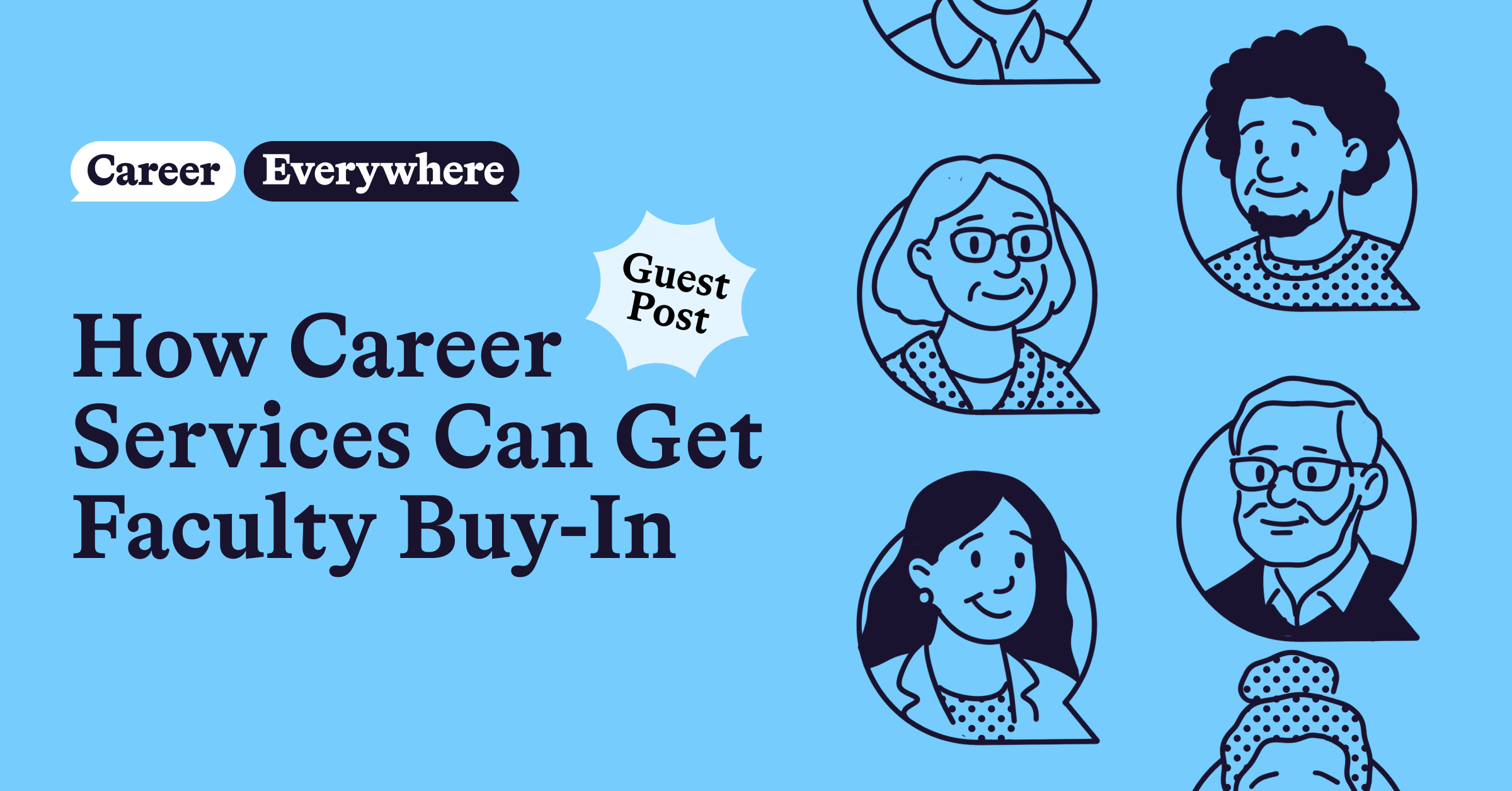
My last column focused on the complexity of the human systems we lead. I was introduced to systemic complexity and interconnections through the paradigm-shifting work and writings of Béla Bánáthy, a Hungarian-American linguist founder of the White Stag Leadership Development Program and the International Systems Institute. So I decided to include his brilliant systems analysis approach as an example of the interdependencies of the design thinking emphases or phases we discussed in columns seven, eight, nine, and ten.
As a reminder, Bánáthy argued that in order to understand a system, we need to assess it through three key lenses:
- A “still picture lens” or the parts, components, and/or members of the system
- A “motion picture lens” or the processes, interrelationships, and interdependencies between the parts, components, and/or members of the system
- A “bird’s eye view lens” or the subsystems, sister systems, and suprasystem of the system and its corresponding inputs and outputs
An application of systems complexity and Bánáthy’s lenses familiar to us is the evident interdependencies among the student development high-impact practices we facilitate as part of our work.
A good example is experiential learning. I have yet to find a higher education environment in which experiential learning is not considered by faculty, staff, administrators, employers, alums, and parents as key to student learning, development, and readiness. In all of these systems, there is awareness and sometimes intentional investment in the necessary interconnections between the system parts or members such as internships and alums, the system connections or processes such as mentors and meaning-making, and the system inputs and outputs such as employers and students.
Simultaneously, however, I have noticed that the powerful potential of experiential learning is sometimes accessible to some students more than others, and/or it is accessible to students either incompletely or in fragments. For instance, we know that experiential learning is uniquely available, relevant, and attractive to students based on their specific stories and interests, but colleges and universities most often make a clear emphasis on the impact of internships or study abroad in comparison to civic engagement, student leadership, on-campus employment, or mentored research. Another instance of this is how our educational systems focus more on the marketability and impact of our experiential learning design and facilitation than on the critical experience processing or meaning-making John Dewy, Jean Piaget, David Kolb, Peter Senge, and many other seminal authors of our field have promoted.
How may we foster every student’s individualized and creative exploration and participation in the experiential learning that is most relevant, impacting, and accessible to them? This question is critical to the equity of our work, however successful and effective it currently is or seems to be. Or how could we ensure students’ invested processing or meaning-making from every experiential learning offering we facilitate, regardful of its type and as an integral part of the experience? This question is key to the depth and impact the experiential learning we facilitate has in the development and preparation of our students. Bánáthy’s lenses could be helpful to our understanding, design, and facilitation of the high-impact practices integral to the effectiveness of our work.
As a starting place, what if we ask the following questions when designing or preparing to facilitate an experiential learning opportunity:
- Parts and stakeholders:
- What parts or stakeholders are instrumental to the success of this experiential learning offering?
- What other parts, perspectives, or stakeholders could I integrate into this experience to further democratize it?
- What other parts, perspectives, or stakeholders could I integrate into the design or facilitation of this experience to enhance its impact on the development of participating students?
- Interconnections and interdependencies:
- What interrelations between the parts or stakeholders of this experience are instrumental to its success?
- What new interdependencies between the parts or stakeholders of this experience could I facilitate to enhance its access and equity?
- What new interdependencies between the parts or stakeholders of this experience could I facilitate to enhance its impact on the development of participating students?
- Inputs and outputs:
- What inputs are critical to the success of this experiential learning offering?
- What other innovative inputs could enhance the access or equity of this experience?
- What other innovative inputs could enhance the impact of this experience in the development of participating students?
- What outputs are key to the success of this experiential learning offering?
- What other innovative outputs should guide the accessibility or equity of this experience?
- What other innovative outputs should guide the impact of this experience in the development of participating students?
Based on collective reflection on questions like these, I have had the opportunity to co-lead experiential learning focused on our integration of diverse, key high-impact practices as part of the student experience. Some of the key characteristics I recommend considering have been:
- Guiding our design and facilitation of experiential learning on the principles of universality, integration, and equity.
- Democratizing experiential learning by equitably promoting, making accessible, and supporting all experiential learning opportunities available in our campuses and communities.
- Integrating, facilitating, and supporting other critical high-impact practices consistently in all experiential learning offerings, such as:
- Mentoring as part of the experience, whether organic, structured, peer, or professional.
- The identification, intentional development, and articulation of sought-after transferable skills.
- Integrating into the experience students’ guided but individualized and creative processing and articulation of the meaning and impact of their experience.
- Facilitating communities or hubs, in any format, of connections, opportunities, resources, and experiences focused on the identities and industries that matter to our students.
- Consistently collecting data, assessing, improving, and showcasing the impact of experiential learning and the integration of high-impact practices.
Bánáthy’s system analysis lenses can be a powerful strategy to enhance our understanding, design, and facilitation of the systems we lead. Investing time, thought, and energy in the interdependencies of their parts, components, and/or stakeholders; in the processes, interrelationships, and interdependencies between the parts, components, and/or stakeholders of the system; as well as in its subsystems, sister systems, and suprasystem and its corresponding inputs and outputs can be critical to the accessibility, equity, effectiveness, and impact of our work.


